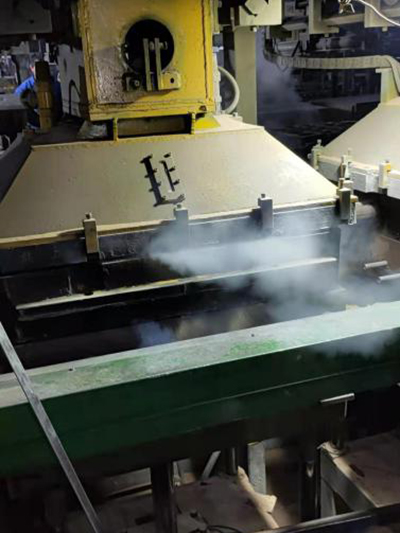

Authoritativeness in facing sand application is demonstrated through ongoing training and adherence to industry standards. Foundries embracing lean manufacturing principles and ISO-certified processes often lead the charge in optimizing facing sand use. They invest in high-precision mixing equipment, ensuring batch-to-batch consistency. By doing so, they maintain a competitive edge, not just in quality control but also in cost-efficiency and environmental sustainability, reducing waste and rework. Building trustworthiness with clients hinges on a foundry’s ability to consistently deliver flawless products. Using high-quality facing sand is a promise of better surface finishes leading to reduced post-casting treatment efforts. Proper documentation of processes, real-time monitoring of sand properties, and harnessing cutting-edge technology like AI-driven analytics ensure that any variations in production are immediately addressed. Trust, after all, is built with consistent excellence and transparency in foundry processes. Facing sand in foundries is an art intertwined with science, demanding a continuous learning curve. Continuous improvement programs focusing on facing sand mixtures' technological advancements are vital. Collaborations with research universities and attendance at global foundry technology symposiums offer new insights. They shape the future of facing sand, bringing to light innovative materials and compounds that promise even better performance under increasing industrial pressures. In conclusion, facing sand, though occupying the backstage in the casting process, dictates much of the performance on stage. From improving surface quality to enhancing operational efficiency, its role is indispensable. Foundries investing in understanding and perfecting the use of facing sand not only improve their immediate production outcomes but also carve a path toward future innovations and successes in the industry. By prioritizing quality and systematically incorporating advancements in facing sand technologies, companies can guarantee their castings not only meet but exceed the increasing customer expectations of a global market. Post time:فېۋرال . 12, 2025 19:27
Next:foundry sand density
